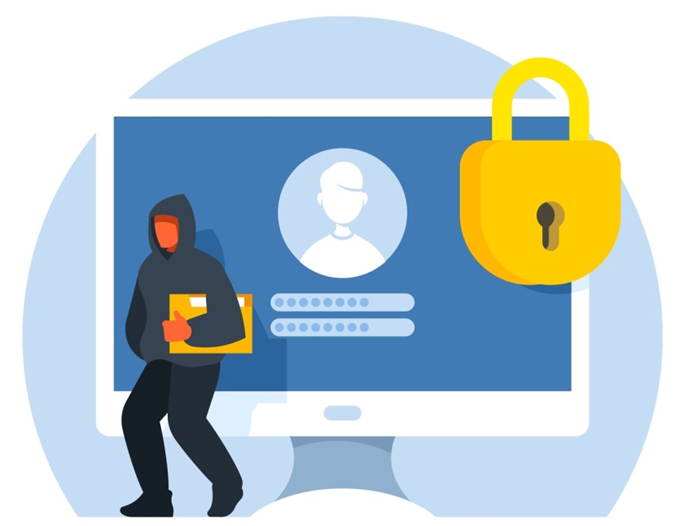Is your company prepared for the rise of rogue apps? These stealthy programs hide in plain sight and expose sensitive data to cybercriminals. Read on as we help you avoid costly breaches.
The Growing Threat of Compromised Identities in Cybersecurity
The recent Huntress 2025 Managed ITDR Report has become an eye-opener for many businesses. It surveyed over 600 IT and security specialists and found that two-thirds (67%) of organizations experienced rising identity-based incidents in the last three years. The study also reveals that rogue apps are the top culprit of these attacks, but what do they look like exactly?
Some pose as trusted platforms or useful tools. Others seem harmless at first but request excessive permissions, like access to your location.
Bolster Your Company’s Defenses Against Rogue Software Threats
Why wait to become a victim of app-based identity theft? Incorporate these steps into your existing cybersecurity routine:
Empower Your Team With Safe Installation Practices
Always do your due diligence before implementing new software into your operations, and ask your staff to do the same.
A good checklist includes:
- Checking the app’s reviews and ratings for credibility
- Contacting the developer directly to verify the app
- Ensuring the app requests only necessary permissions
- Avoiding downloads from unofficial or unverified app stores
Mobile malware attacks rely on a lack of awareness and quick decisions. We recommend hosting engaging training sessions and creating quick guides on identifying common scams.
Create Secure Login Credentials
What might happen if you have the same password across all devices and platforms? Once credential-stealing apps acquire that one code, everything becomes compromised. Prevent this disastrous domino effect by creating strong and unique passwords for each account — a random combination of letters, numbers, and symbols works best.
Let trusted password managers like Google Password Manager or LastPass do the heavy lifting by generating, storing, and updating codes for you.
Keep All Software Up-To-Date
Rogue apps can inject malware into your system by exploiting weaknesses, and software developers work continuously to create patches that address these flaws.
It’s your job to regularly update the applications, antivirus tools, and operating systems of your devices. Enable automatic updates, as most systems have this feature.
Invest in Antivirus Tools
Up-to-date firewalls block most malicious mobile apps, but they’re not completely foolproof. It’s always an excellent practice to pair them with reliable anti-malware or endpoint detection and response (EDR) software.
These programs detect and block many threats before they breach your system, and some also have features like real-time monitoring and secure browsing.
Maintaining Business Integrity in the Face of Rising Fake App Downloads
Identity-based attacks comprise over 40% of security incidents for 35% of companies in the past 12 months alone. Hackers use rogue apps to steal credentials, session cookies, and access tokens, then use them to infiltrate systems.
A key trait of every successful company is proactivity — train your staff, enable multi-factor authentication, monitor app downloads, and implement security protocols for when a breach occurs.
Questions? Reach out to the BMT Team for a complimentary consult.







Leave A Comment